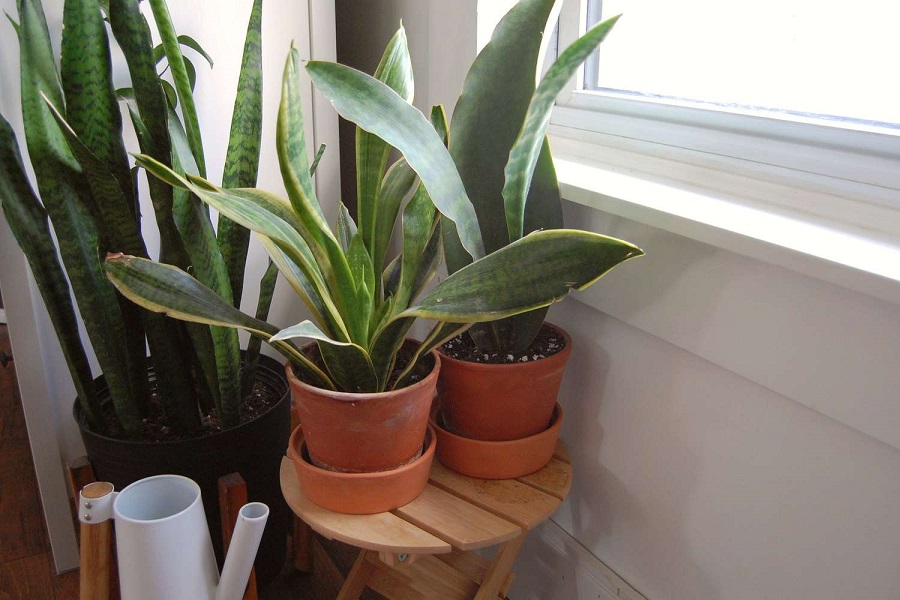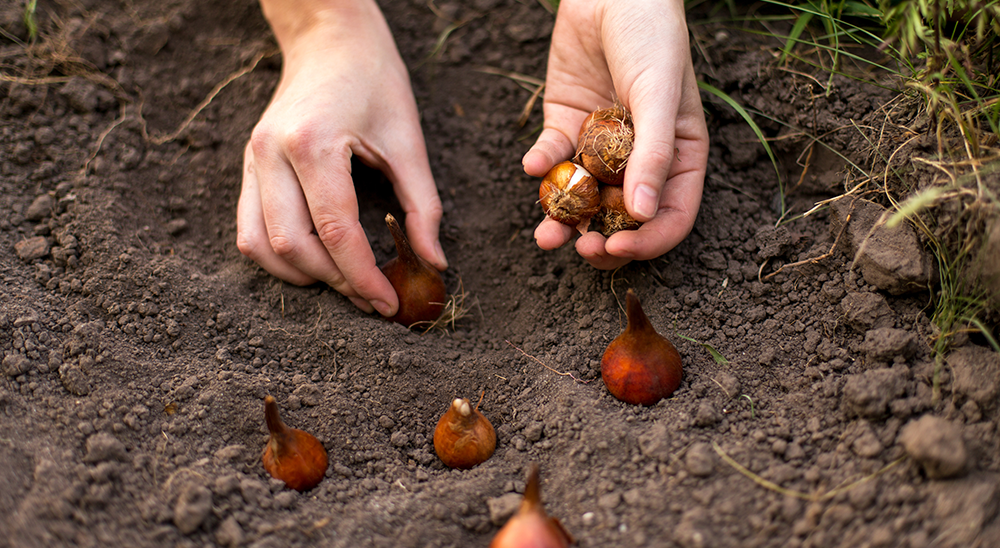Snake plants, also known as Sansevieria, are some of the easiest houseplants to care for. They are low-maintenance, adaptable, and can survive in different lighting conditions. One of the most common questions asked by snake plant owners is how often to water their plants. While snake plants don’t require a lot of watering, they still need enough moisture to thrive. In this article, we will guide you on how often to water your snake plant and provide tips to help you maintain a healthy plant.
Understanding Snake Plant Watering Needs
Before we dive into the details of watering your snake plant, it’s essential to understand the plant’s water needs. Snake plants are succulents, which means they store water in their leaves and roots. As a result, they can go for long periods without water. Overwatering is one of the most common causes of snake plant damage, as it can cause root rot and kill the plant. Therefore, it’s crucial to avoid watering your snake plant excessively. Discover How Long Should You Water Your Lawn? A Guide to Optimal Lawn Irrigation
Factors that Affect Snake Plant Watering Needs
Several factors can affect how often you should water your snake plant. These include:
1. Lighting Conditions
The amount of light your snake plant receives affects its watering needs. If your plant is in direct sunlight, it will dry out faster and require more frequent watering. In contrast, if it’s in a shady area, it may not need watering as often.
2. Temperature and Humidity
Snake plants prefer temperatures between 60 and 85 degrees Fahrenheit. If your home is too cold, the plant may not require as much water. Similarly, if the humidity is high, the plant may not need watering as frequently.
3. Pot Size and Soil Type
The size of your pot and the type of soil you use can also affect your snake plant’s watering needs. If the pot is small or the soil is sandy, it may dry out faster, requiring more frequent watering.
How Often to Water Your Snake Plant
Now that you understand the factors that affect snake plant watering needs, let’s explore how often to water your plant. The frequency of watering your snake plant will depend on the above factors and how you care for your plant.
1. Check the Soil Moisture
The best way to determine when to water your snake plant is to check the soil moisture. Insert your finger into the soil up to the second knuckle. If the soil feels dry, it’s time to water your plant. If it’s still moist, wait a few days before checking again.
2. Water Sparingly
When watering your snake plant, remember to do so sparingly. Only water the plant when the soil is dry. Ensure you don’t water it too much, as overwatering can lead to root rot.
3. Use Well-Draining Soil
Using well-draining soil can help prevent overwatering. Avoid using heavy soils that hold moisture, such as clay soils. Instead, use soils that drain water quickly, such as cactus or succulent soil.
4. Use a Pot with Drainage Holes
When potting your snake plant, ensure the pot has drainage holes at the bottom. This will allow excess water to drain out, preventing root rot.
Tips for Watering Your Snake Plant
Here are a few tips to help you maintain a healthy snake plant:
1. Don’t Water on a Schedule
Avoid watering your snake plant on a schedule, as this can lead to overwatering. Instead, only water it when the soil is dry.
2. Don’t Use Cold Water
Using cold water can shock your plant’s roots, causing damage. Always use room temperature water to avoid any harm to your plant.
3. Water from the Base
Watering your snake plant from the base can prevent the plant’s leaves from becoming wet, which can cause rot or fungal diseases.
4. Don’t Let Water Sit in the Saucer
After watering your plant, ensure that you remove any excess water from the saucer. Leaving water in the saucer can cause root rot.
5. Observe Your Plant
Observe your plant for signs of under or overwatering. Overwatered plants may develop yellow leaves, while under-watered plants may have brown or curled leaves.
In conclusion, snake plants are low-maintenance houseplants that don’t require a lot of watering. The frequency of watering will depend on several factors, such as lighting conditions, temperature, pot size, and soil type. Always check the soil moisture before watering your plant and ensure you water it sparingly. Use well-draining soil and a pot with drainage holes to prevent overwatering. By following these tips, you can maintain a healthy and thriving snake plant.




